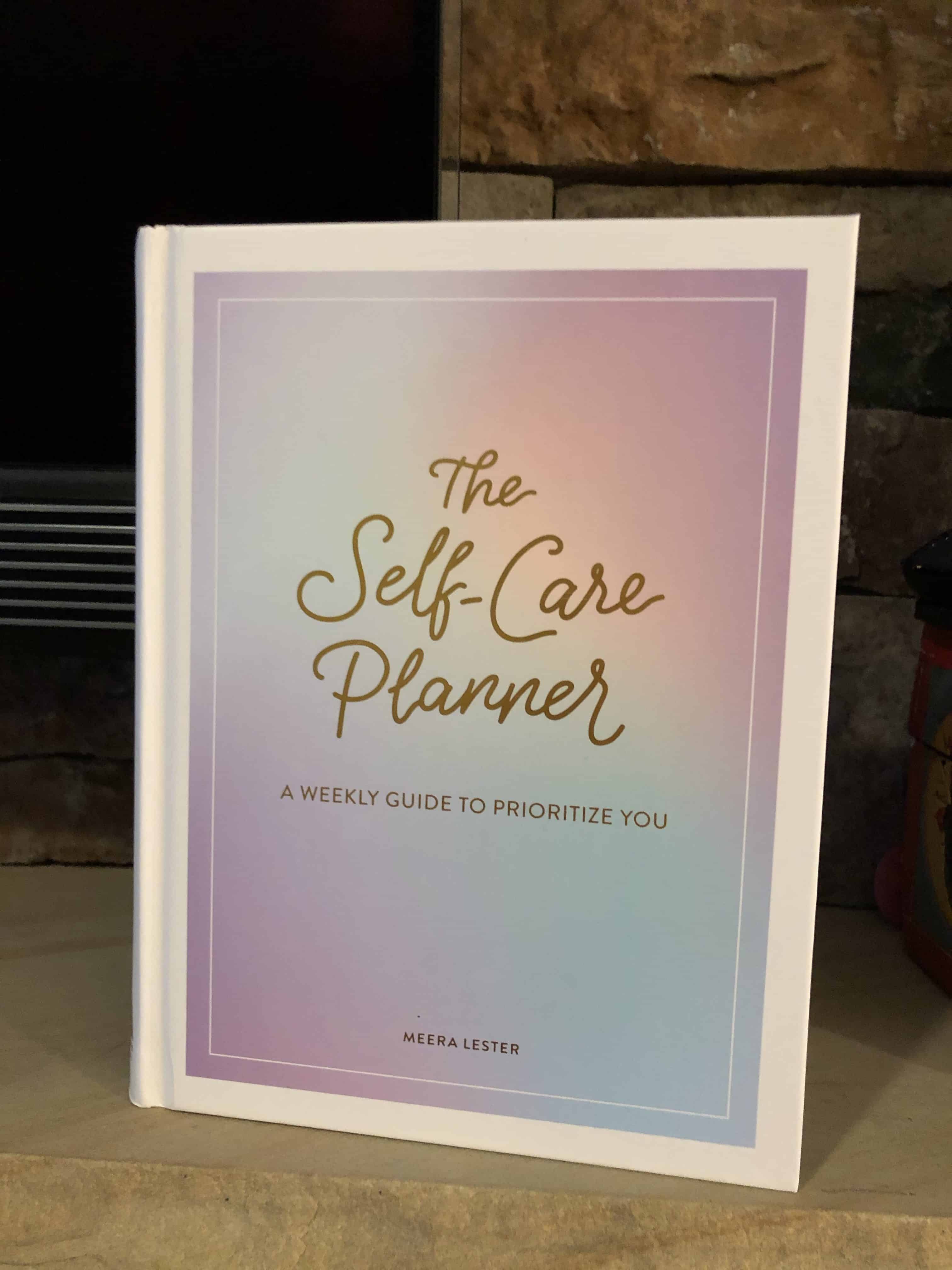Have you ever said yes to something, only to regret it the moment it left your mouth? Perhaps you took on another work project when your to-do list was already bursting, attended an event you had no emotional bandwidth for, or agreed to help with something that left you feeling drained. For many of us, saying no feels like the ultimate betrayal—an act that risks hurting someone’s feelings or inviting judgment. However, the truth is that constantly saying yes to others often comes at the expense of your well-being.
The art of saying no isn’t about being selfish. It’s about recognizing that your time, energy, and mental health are finite resources—and protecting them doesn’t make you a bad person; it makes you a better one. Learning to say no without guilt is a crucial skill for prioritizing self-care, avoiding burnout, and leading a more balanced and fulfilling life. Here’s how you can master this art.
Why Saying No Matters for Your Well-Being
At its core, saying no is about setting boundaries, and boundaries are an essential part of maintaining your mental, emotional, and even physical health. When you habitually agree to things you don’t want or can’t realistically handle, you’re sacrificing something important: your time, your energy, or your peace of mind.
The Cost of Always Saying Yes
Living with a “yes-first” mindset can lead to serious drawbacks, including:
- Burnout: Constantly overcommitting leaves little room for rest, leading to exhaustion and emotional overwhelm.
- Resentment: Saying yes reluctantly can breed resentment toward the people requesting your help, as well as toward yourself for agreeing.
- Self-Neglect: Putting others’ needs ahead of your own often means sidelining your goals, well-being, and happiness.
The truth is, every time you say yes to something, you’re saying no to something else—whether it’s time with your family, a personal project, or much-needed downtime.
The Power of No
While saying no can feel uncomfortable, it’s a powerful act of self-care. It allows you to:
- Preserve Your Energy: Protect your reserves for the things that truly matter.
- Focus on Priorities: Align your actions with what’s most important to you.
- Foster Authenticity: Be honest about your limits and maintain genuine relationships.
Reframing no as a necessary tool for your well-being—not a rejection of others—can help shift your perspective and reduce feelings of guilt.
How to Say No Without Guilt
Saying no doesn’t have to feel harsh or confrontational. With the right tools, you can turn it into a polite yet assertive affirmation of your boundaries. Here’s how:
Be Honest About Your Limits
Acknowledging your limits is the first step to setting boundaries. Take a moment to reflect on your capacity before responding to a request. Ask yourself:
- Do I have the time and energy for this?
- Will this action bring me closer to my goals or values?
- Am I saying yes out of obligation or genuine desire?
If the answer to these questions suggests that committing isn’t in your best interest, it’s okay to say no. Honesty—both with yourself and others—is key.
Use Polite but Firm Language
The way you say no matters. A blunt “no” can feel awkward or abrupt, but pairing it with thoughtful communication can soften the blow while maintaining your boundaries. Consider these examples:
- “I appreciate the offer, but I won’t be able to commit to that right now.”
- “Thanks for thinking of me, but I need to focus on other priorities at the moment.”
- “I’d love to help another time, but I can’t take this on right now.”
By pairing politeness with clarity, you demonstrate respect for the other person while respecting your limits.
Start with a “Pause”
You don’t need to answer immediately. If you’re unsure about committing, give yourself time to consider your decision. Say something like:
- “Let me check my schedule and get back to you.”
- “I want to give this proper attention. Can I follow up later?”
This gives you space to weigh the request thoughtfully without feeling pressured to say yes immediately.
Reframe How You View No
One of the main reasons people struggle to say no is the fear of disappointing others. But consider this perspective shift:
- Saying no isn’t about rejecting someone—it’s about being transparent.
- It’s better to decline upfront than to agree and later underdeliver.
- By saying no, you’re respecting your own time and the other person’s expectations.
When you prioritize your well-being, you’re better equipped to contribute meaningfully to others in the long run.
Practice Self-Reflection
If guilt about saying no persists, reflect on its source. Do you feel obligated to please everyone? Are you afraid of how people will perceive you? Understanding your emotional triggers can help you approach boundary-setting with greater confidence.
To ease guilt, remind yourself of this simple truth: You’re not responsible for managing everyone else’s feelings. Saying no doesn’t make you unkind—it makes you human.
Offer Alternatives When Appropriate
If you want to help but can’t accept a request, consider suggesting alternatives:
- Point them to another resource or person who might assist.
- Propose a different timeline that works better for you.
- Offer a smaller way to contribute that aligns with your capacity.
For example:
- “I can’t attend the full event, but I’d love to help for an hour.”
- “I’m not available for this project, but have you considered reaching out to [Name]?”
Offering alternatives can soften the rejection while still preserving your boundaries.
The Long-Term Benefits of Saying No
Mastering the art of saying no will benefit you in more ways than one. Once you start setting boundaries, you’ll notice:
Increased Confidence
Each time you assertively say no, you reinforce that your time, energy, and well-being are important. Over time, this builds self-respect and confidence.
Stronger Relationships
When you’re honest about your limits, you foster more authentic relationships. People will come to trust and respect you for your transparency.
Better Work-Life Balance
Saying no to nonessential demands creates space for what truly matters—be it family, personal goals, or relaxation. This reduces the risk of burnout and improves overall quality of life.
Clarity of Purpose
When you align your commitments with your values and priorities, you can focus more effectively on what truly fulfills you, both personally and professionally.
Saying No is Not Easy…
Saying no isn’t easy, but it’s one of the most important skills you can develop for your well-being. When you protect your boundaries, you’re not just saying no to others—you’re also saying yes to yourself. It’s a way of prioritizing your happiness, health, and purpose without apology.
The next time you feel guilty about saying no, remind yourself of this simple truth: Taking care of yourself is not selfish—it’s essential. By learning to say no with grace and confidence, you can reclaim your time, avoid burnout, and be fully present for the people and commitments that matter most.
Saying yes to everything might feel like the kind thing to do, but in the long run, it could be the very thing that hurts you. Instead, try prioritizing yourself. After all, you can’t pour from an empty cup.




